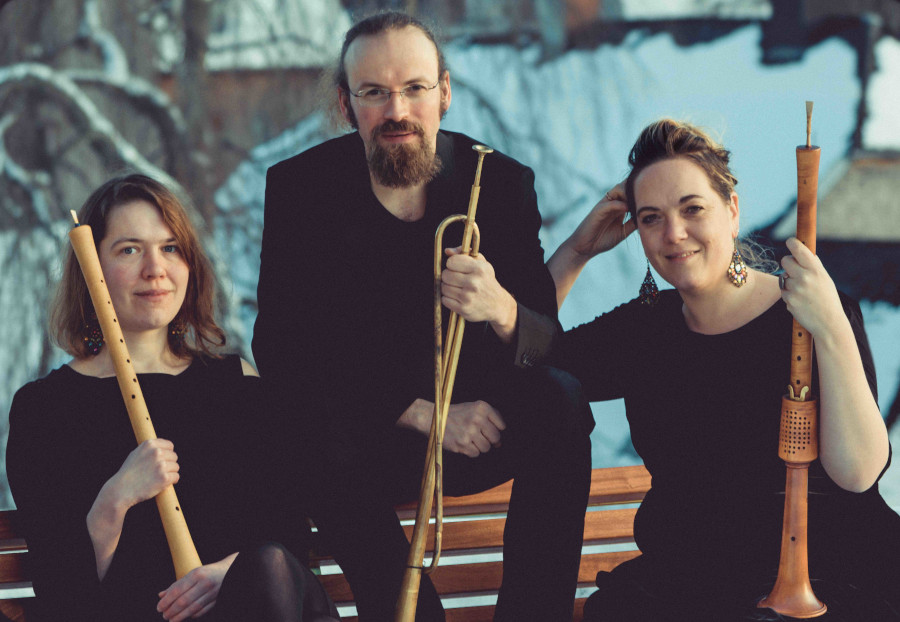Noisy spaces, long reverberation – medieval bands didn’t mind! This year’s Forum Musicum programme includes concerts by music groups consisting of wind instruments modelled on the alta cappella formations that were active centuries ago. The international group Alta Bellezza cultivates a tradition formed in the 14th and 15th centuries and takes its name from one of Guillaume Dufay’s chansons – Dufay was the main representative of the Burgundian school. During their three concerts in highly crowded points of the city map, the artists will connect the late medieval repertoire with the history of Central Europe in a fascinating way.
The musicians will reference the history of our southern neighbours – Bohemia. This country, torn by religious conflicts between various Hussite factions and Catholics in the 15th century, became an arena of clashes between European powers, including Poland of the Jagiellonians. Interestingly, from a musical point of view, the religious wars in the divided country did not curb the reception of the latest achievements of Franco-Flemish polyphony. Preserved documents testify to the interest in achievements in polyphony by the main political and religious factions after the Battle of Lipany in 1434: the Strahov Codex is evidence of the reception of these musical achievements in circles obedient to papal authority, while the Speciálník Codex comes from Utraquist circles. Alta Bellezza, using both of these sources, will present the history of an equally fascinating and complicated conflict for the Czech crown between George of Poděbrady, elected king by the local magnates and a supporter of the Hussites, and his rival – the King of Hungary Matthias Corvinus, who was proclaimed ruler of the Catholic Moravia after George’s excommunication.

